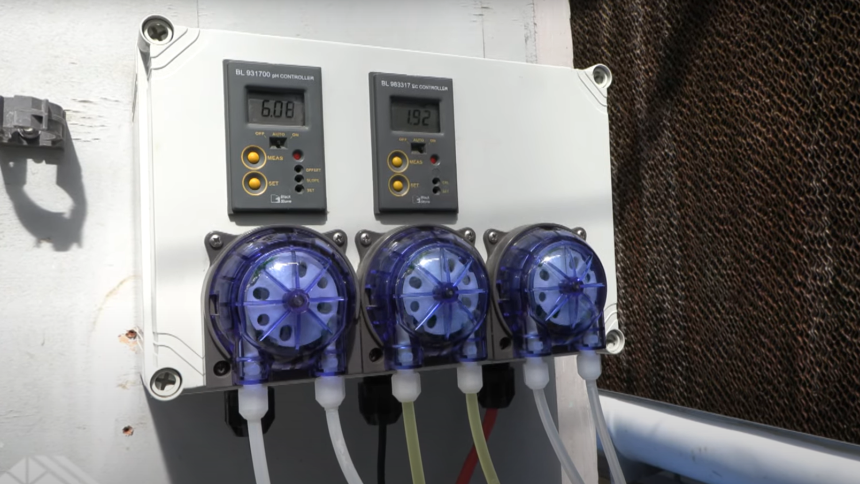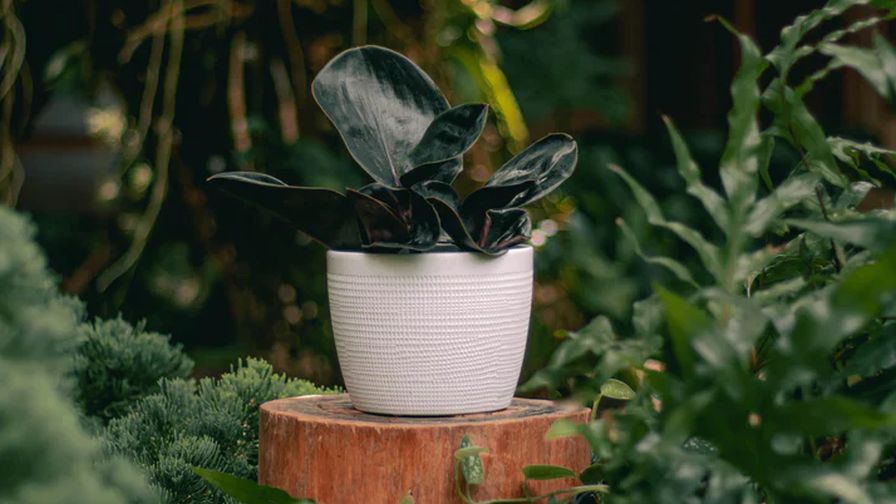Tips on Implementing a Fertigation System in Your Greenhouse
 Traditional fertilization methods can be challenging for greenhouse growers, especially those in larger commercial operations. They can involve maneuvering heavy bags, using spreaders for distribution, and taking constant measurements by hand.
Traditional fertilization methods can be challenging for greenhouse growers, especially those in larger commercial operations. They can involve maneuvering heavy bags, using spreaders for distribution, and taking constant measurements by hand.
Standard techniques also make it difficult for growers to supply their crops with a precise amount of fertilizer and nutrients. This can lead to over or under fertilization, which is a common issue that is detrimental to crop growth.
For these reasons, more growers are opting to integrate fertigation systems into their operations. According to a recent GrowSpan blog post, by employing fertigation, growers can streamline the application of water and nutrients to their crops. Overall, this practice allows growers to enhance the quality and quantity of their yields, increasing long-term profits and improving their bottom line.
When growers put this practice into action, they can tackle a variety of issues. One of the most important tasks fertigation eliminates is having to measure each batch of nutrient solution and water by hand. Measuring by hand is time consuming and carries a high risk of error. Once automated, these systems help growers cut down significantly on negative aspects of manual fertilization. This includes factors like time, water and nutrient waste, soil erosion, foliar disease, and variations in soil nutrient concentration.
Automated fertigation systems also help growers set and maintain parameters for nutrient application and pH balance. They utilize electrical conductivity (EC) and pH sensors to evaluate irrigation water and make changes based on its nutrient and acid content. This leads to improved plant growth and drastically reduces labor requirements. As growers focus on other tasks, the sensors ensure that crops are always receiving the optimal amount of nutrients.
Combined with superior climate control, fertigated crops can grow dramatically. They are also less prone to threats, like pests, disease, and leaf burn. Leaf burn refers to the browning or yellowing of leaf edges due to contact with fertilizers.
Traditional fertilizer spreaders tend to place fertilizer outside of the irrigation zone as well. If this occurs, the nutrients can’t be absorbed by crops’ roots. As a result, fertigated crops generally absorb more nutrients than ones that are not.
For more tips on delivery methods, quantifying your results, and more, read the original post from GrowSpan here.








